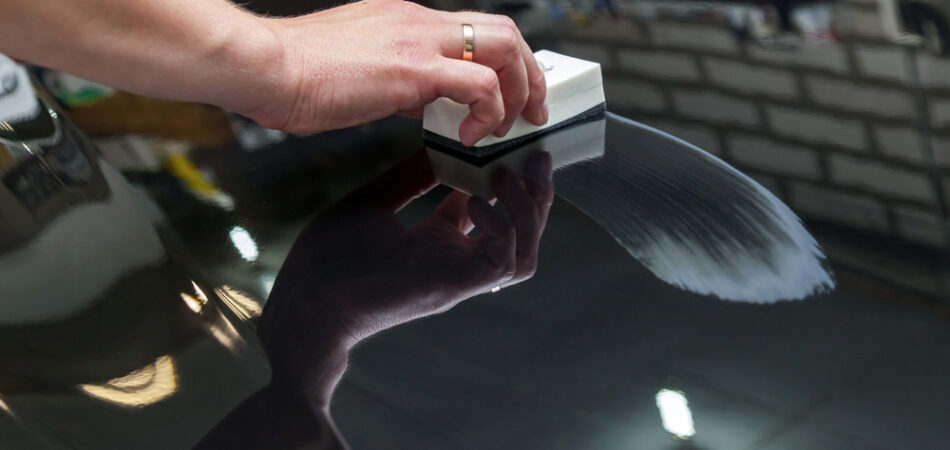
Ceramic coatings are a popular choice for protecting the exterior of cars, but they also have a variety of other applications. Ceramic coatings are often used in industrial settings to protect equipment and surfaces from corrosion, wear and tear, and high temperatures.
These coatings have evolved significantly, from the earliest formulations to the latest technologies. This article will discuss the evolution of ceramic coatings and their current uses and unpack what ceramic coating does.
The Early Days of Ceramic Coatings
The first ceramic coatings were developed in the 1960s and 1970s, primarily for use in the aerospace industry. These coatings were designed to protect spacecraft from the extreme temperatures and harsh conditions of space travel. The early ceramic coatings were made from zirconia and alumina, which are still used in modern formulations.
In the automotive industry, ceramic coatings were first used in the 1990s to protect high-performance engines from heat and friction. These early coatings were applied to engine components such as headers and exhaust pipes. While these coatings provided some protection, they were not very durable and had to be reapplied frequently.
The Evolution of Ceramic Coatings
Over the years, ceramic coatings have evolved significantly in terms of the materials used and the application methods. Today’s ceramic coatings are much more durable and long-lasting than their early counterparts. They are also more versatile and can be used in various automotive and industrial applications.
One of the major advancements in ceramic coatings has been the development of nano-ceramic coatings. These coatings use nanoparticles to create a more durable and resilient coating. Nano ceramic coatings are also more hydrophobic, repelling water more effectively. This makes them ideal for protecting vehicles and other equipment from water damage.
Another significant advancement in ceramic coatings has been the development of spray-on coatings. These coatings are applied using a spray gun, which makes them much easier to apply than earlier coatings. Spray-on coatings also provide more even coverage, which results in a more consistent finish. This makes them ideal for larger applications, such as protecting industrial equipment.
Ceramic coatings have also evolved in terms of their chemical makeup. The early coatings were made from materials such as zirconia and alumina, which were effective but not very versatile. Today’s ceramic coatings are made from various materials, including silicon and titanium dioxide. These materials provide a range of benefits, from increased durability to improved resistance to UV radiation.
The Benefits of Ceramic Coatings
Ceramic coatings are a popular solution for protecting the surfaces of various materials, including metal, glass, and plastic. These coatings offer several benefits, including protection against chemicals and UV radiation, making them an excellent option for various industries. One of the most significant advantages of ceramic coatings is their durability, as they can withstand extreme temperatures and resist damage from harsh environments.
Additionally, these coatings offer excellent corrosion resistance, which can extend the lifespan of the coated material. Other benefits of ceramic coatings include their ease of cleaning and maintenance and their ability to provide a high-gloss finish to surfaces.
Current Uses of Ceramic Coatings
Today, ceramic coatings are used in a wide range of applications. In the automotive industry, ceramic coatings beautify the exterior with a deep liquid shine. They also protect engines and other components from heat and friction. Ceramic coatings are also used in the marine industry to protect boats and other watercraft from water damage and corrosion.
In the industrial sector, ceramic coatings protect equipment and surfaces from wear and tear, corrosion, and high temperatures. They are used in a wide range of applications, from protecting pipelines and tanks to protecting machinery and equipment.
Conclusion
Ceramic coatings have come a long way since their early days in the aerospace and automotive industries. Today’s ceramic coatings are more durable, versatile, and easier to apply than their early counterparts. They are used in a wide range of applications, from protecting cars and boats to protecting industrial equipment. As technology continues to evolve, we will likely see even more advancements in ceramic coatings. Now that you’ve learned about the evolution of ceramic coatings, get in touch and see how it can benefit you and your car in the long run.
